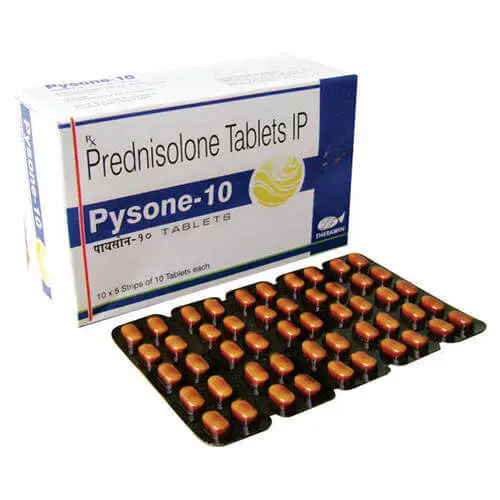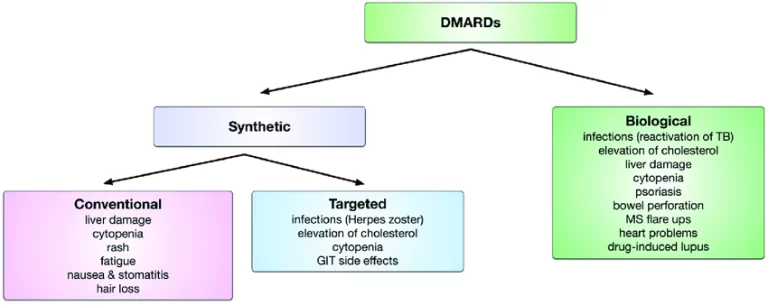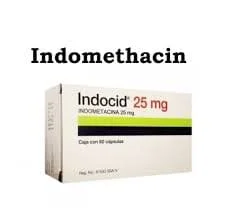Prednisolone: Uses, Interaction, and Mechanism of Action
Introduction Prednisolone is a synthetic corticosteroid drug that belongs to the glucocorticoid class. Corticosteroids are artificially produced forms of cortisol, a naturally occurring bodily substance. Prednisolone has anti-inflammatory, immunosuppressive, and anti-allergic properties, making it a versatile medication used to treat a variety of medical conditions. Prednisone is an alternative medication that functions similarly to prednisolone…





